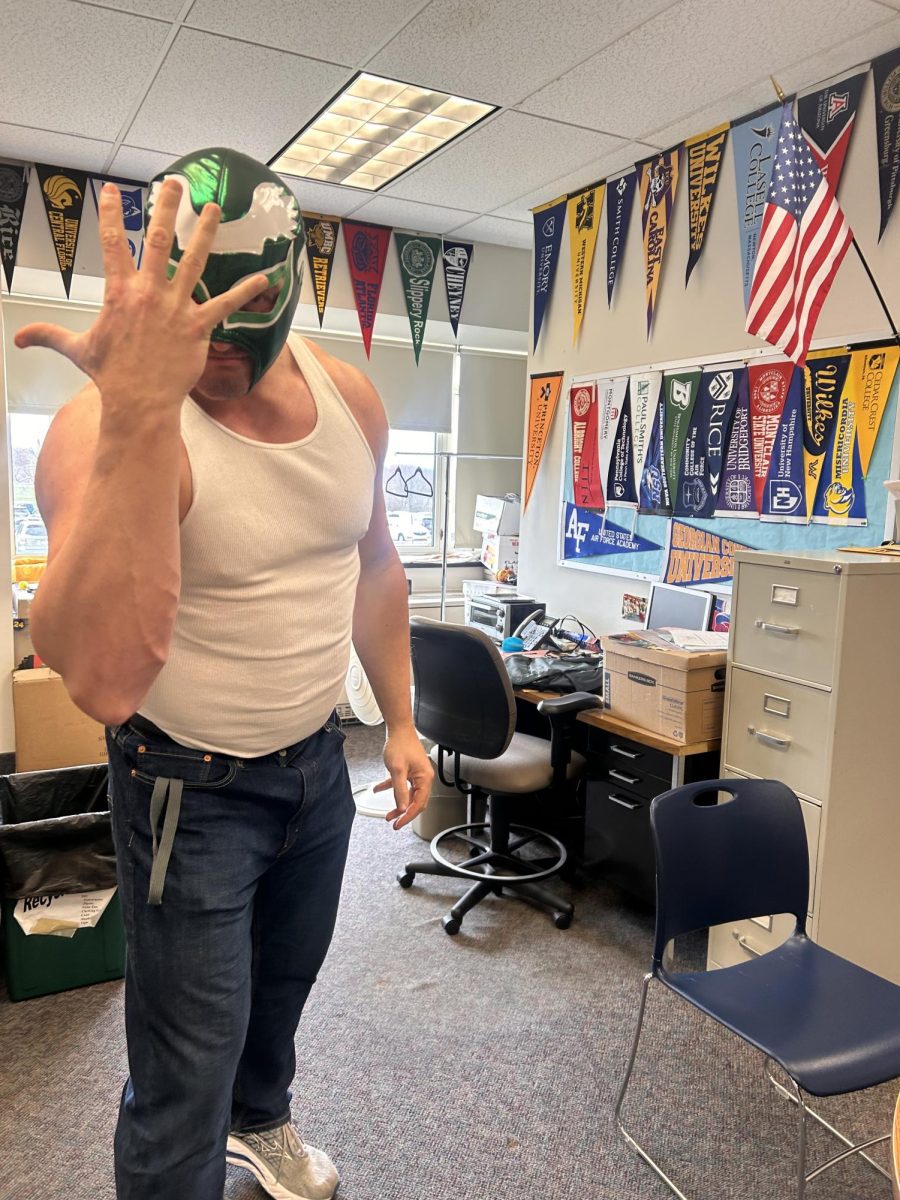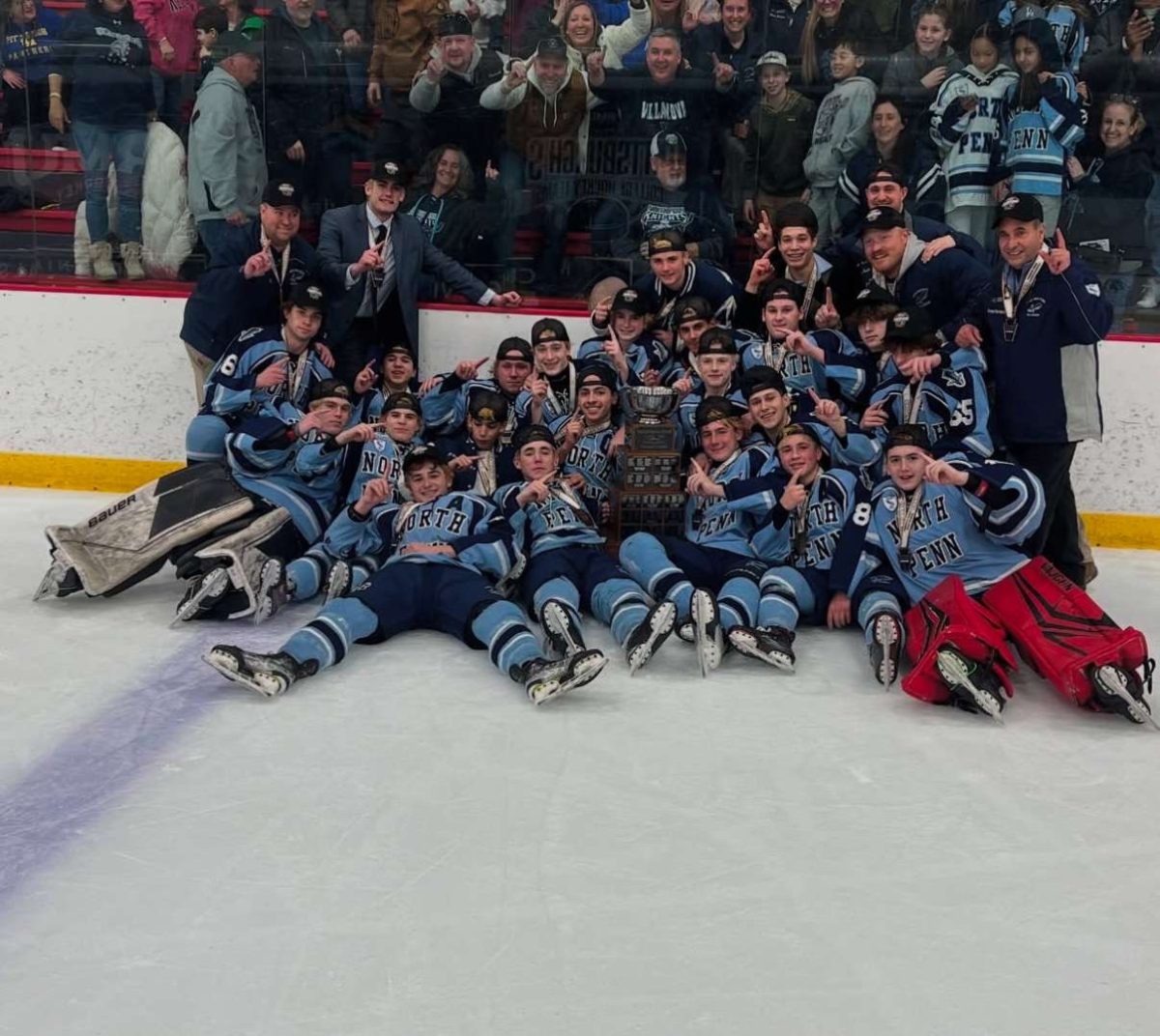Dear colleges, stop sending me mail
November 7, 2014
If you, like thousands of other college-bound teenagers, have ever taken the PSAT or SAT, you’ve probably willingly given out your personal information to something called the “Student Search Service.” Run by the College Board, this mailing list is described on collegeboard.org as a service that “helps introduce students to higher education and opportunities by offering them the ability to provide personal and preferential information to colleges and scholarship programs that are looking for students like them — all at no cost to the student.”
That description makes this service sound like a useful college planning and preparation tool. However, to high school juniors and seniors, the Student Search Service is nothing but the source of endless envelopes and emails containing meaningless messages from colleges and universities across the country. If a person ever continually emailed me and sent me letters (actual, snail-mail letters, the kind that nobody under the age of 70 sends) the way that some colleges have, I would probably call the police.
At first, getting mail from colleges was fun. It was incredibly exciting to see that so many colleges wanted me; well, me and everybody else who provided their address on the PSAT. But after the 20th piece of mail found its way to my mailbox, the thrill of being “wanted” by colleges was gone.
I had to become selective with the envelopes I opened, because the alternative was an unpleasant amount of paper cuts. So, I developed a way of dealing with the vast quantity of information I received from colleges.
College snail mail always falls into one of two categories: with pictures or without pictures. If the envelope contains nothing but a letter, it is probably telling you to go online and take a quiz to find out Three Qualities You Have That Colleges Can’t Resist or How to Find the Perfect College Match for You. If you do decide to actually go online and take the quiz, your results will tell you absolutely nothing useful or personal. This is why the only type of college mail worth looking at is the kind with pictures. These pictures are either of buildings and trees on campus or of students in front of buildings or trees on campus. Of course, the people in these pictures are always smiling, because nobody is ever upset at This School Will Cost You $200,000 University. And, if you’re anything like me, you have at least one college that will not stop sending you mail; the other day, I received my ninth (I counted) piece of mail from Mount Holyoke College.
Once you’ve conquered the mountain of letters and brochures, it’s time to check your email. Just like actual mail, email is no longer the preferred method of communication among teenagers, so the only people you email are probably above the age of 25. In fact, your inbox was probably dead before the Student Search Service took it over, inundating you with up to five emails a day, some with vaguely threatening subject lines such as “Are you there?” and “You caught my attention.”
In the past two weeks, Texas Christian University has emailed me four times, despite the fact that I live in Pennsylvania and am not Christian. Stevens Institute of Technology has also emailed me four times in two weeks, enough though my interest in attending a technical school could best be described as nonexistent. The University of Hartford has so kindly informed me that I’m at the top of their list, an email that I could tell was incredibly personal because it had my legal first name in it three times. Your best bet is to never open or delete these emails, and instead to just let them pile up until you have literally hundreds of unread emails that you are constantly reminded of by the little notification in the corner of the email app on your phone. The chance that you will ever actually open any of these emails is practically nonexistent, but it’s good to have these emails around just in case.
At the very least, high school students can take comfort in the fact that in a year or two, they will have committed to a college, thus ending the ceaseless flow of letters and emails from colleges. But wait – the other day, a brochure from a private, small, undergraduate liberal arts school arrived in my mailbox. It was addressed to my sister, who is currently in her junior year at Temple. Three years after she committed to a college, she still receives mail from random colleges that specialize in nothing she wants to study.
At this rate, at least I can take comfort in the fact that my kids can make their informed college decisions from the mail I will surely still be receiving when I’m 50.









